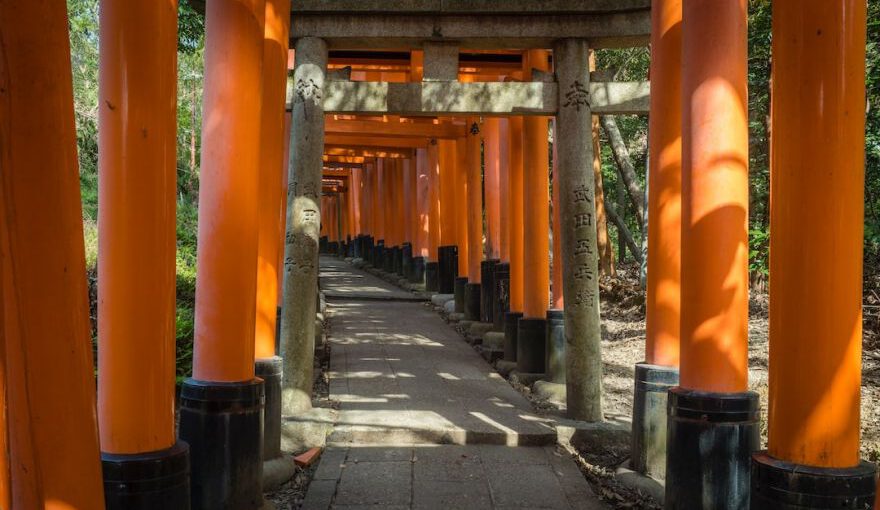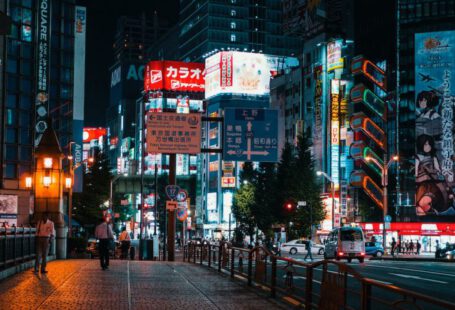When planning a trip to Japan, it is essential to be aware of the cultural norms and expectations, especially when visiting religious places. Japan is known for its rich religious heritage, with numerous temples, shrines, and other sacred sites scattered throughout the country. To show respect and avoid causing offense, it is crucial to dress appropriately for these visits.
First and foremost, it is important to understand that modesty is highly valued in Japanese culture, particularly in sacred spaces. Revealing clothing, such as shorts, tank tops, or low-cut tops, should be avoided. Instead, opt for clothing that covers your shoulders and knees. This applies to both men and women.
For women, it is advisable to wear dresses or skirts that fall below the knee. Long pants or capris are also acceptable. It is best to choose clothing made of lightweight, breathable fabrics, as Japan’s summers can be hot and humid. Keep in mind that some temples may provide robes or sarongs for visitors to borrow if their attire is deemed inappropriate.
Men should also dress modestly when visiting religious sites. Long pants or knee-length shorts are acceptable. Pair them with a collared shirt or a t-shirt with sleeves. Avoid wearing hats inside temples unless specifically instructed otherwise.
While footwear may not seem like a significant consideration, it is worth noting that most religious sites in Japan require visitors to remove their shoes before entering. Therefore, it is advisable to wear slip-on shoes or sandals that can be easily taken off and put back on. This will save you time and make the process smoother for everyone involved.
Another important aspect to consider is the color of your clothing. In Japan, white is traditionally associated with mourning and funerals. Therefore, it is best to avoid wearing all-white attire when visiting religious places. Instead, opt for neutral colors like black, gray, or earth tones. These colors are considered respectful and appropriate for such settings.
In addition to clothing, it is important to be mindful of your overall appearance when visiting religious places in Japan. Keep tattoos covered if possible, as they can be associated with criminal activity in Japanese culture. If you have visible tattoos, consider using bandages or clothing to conceal them.
Furthermore, it is customary to be clean and well-groomed when visiting religious sites. This includes maintaining good personal hygiene and ensuring that your clothing is clean and presentable. Avoid excessive jewelry or accessories that may be distracting or disrespectful.
Overall, when visiting religious places in Japan, it is essential to dress in a manner that shows respect for the cultural and religious significance of these sites. Modesty, cleanliness, and appropriateness are key aspects to consider when choosing your attire. By following these guidelines, you can ensure a more enjoyable and meaningful experience while exploring Japan’s rich religious heritage.





